With the belief to build a healthy ecosystem as per the Industry Standards REGex Software brings a Training/Internship Program on “Machine Learning and Deep Learning With Cloud”. We organize Machine Learning, Deep Learning and Cloud Program for improving the knowledge and skills of the Students/Professionals, so that they can become specialized in the field of Machine Learning and get their Dream Job in Software Development Field in Big MNCs.
REGex Software Services’s “Machine Learning and Deep Learning With Cloud” program is a valuable resource for beginners and experts. This program will introduce you to Machine Learning, Deep Learning, AWS Cloud: Connecting, Managing, Deploying and Updating Cloud from Basics to Advance etc. from Basics to Advance. If you want to become Machine Learning Expert, REGex introduce this program for you.
20 Hours Per week

Duration: 35 - 40 Hours

Duration: 35 - 40 Hours
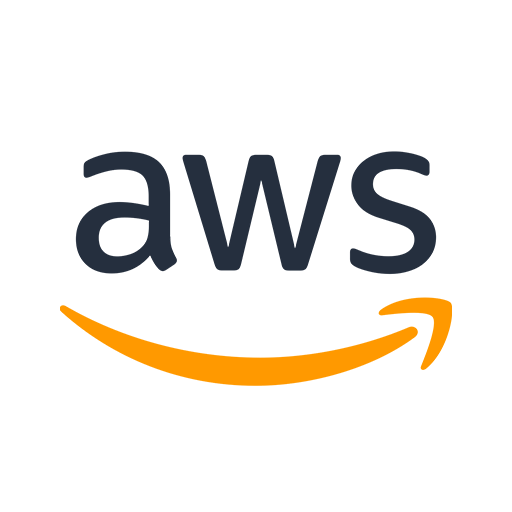
Duration: 35 - 40 Hours

Live Sessions by Expertise Trainers and Access of Recorded Session is also available.




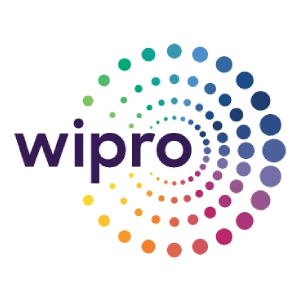
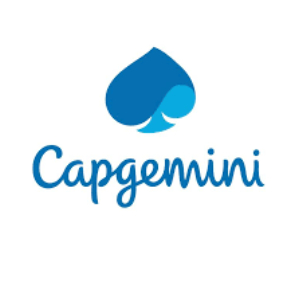


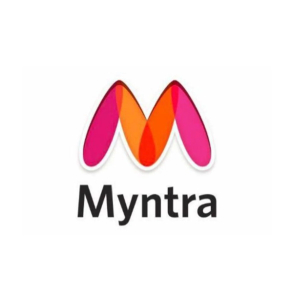


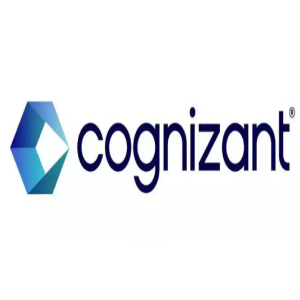
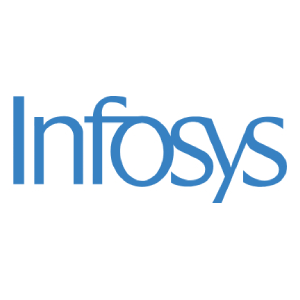

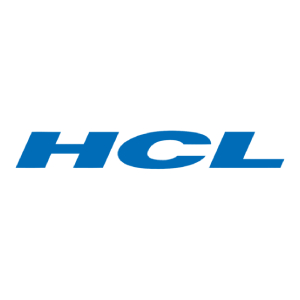


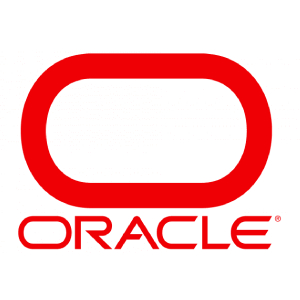


Best IT Training and Internship Company in Jaipur. Highly recommended. Supportive faculties, Management, online and offline sessions access with recording access help every student to concentrate more on learning. Practical Learning and working on live projects with team is a main key highlights of REGEX.
The experience of learning in the Institute is really good. I've joined the MERN full stack course doing well. Thanks to the mngt. To provide certified facility. Very helping in solving my queries and Institute provide me to practical knowledge and demo project to improve my skills..... Thnks to Regex software service
This training center is exceptional, providing me with extensive knowledge in various domains and technologies. I enrolled in the Python Django course eight months ago, where I learned website development. Prior to joining this coaching, I struggled with speaking English, but now I have gained the ability to communicate effectively. My experience has been extremely positive, and I strongly recommend joining The Regex Software Services at the earliest opportunity.
Competitive Programming is the best course they have - i am part of both python and C++ course. Cracked several interviews with their course, poll test & assignment are always new and beneficial. Best CP course you will find here, i hope this will be beneficial for you
Tushar sir is best in delivery. His approach is mind blowing. I have not found any gap although I am from U.S Lots of Big Data tools I have learnt like Hadoop, Hive, Spark, Sqoop & most amazingly Talend ETL Tools which was the most lovely part of training. every component is told in very simple terms with great practical approach
I recently joined Python Django(Web Development - Full Stack)Course About Course: - I must say instructor makes every concept simple to understand - No Copy Paste,Every line of code is explained - Even given Assignments to work on - Even given Projects to work on If you looking to learn Python Django I highly recommend to go for this course
I am from UK & loved the teaching. Competitive Programming was the best experience I had in coding. I can truly say the money I spend is worth it. Go for it guys!!






































Principal Component analysis (PCA – Theory)
PCA with Case-Study
Linear Discriminant Analysis(LDA) for Dimension Reduction
Feature Selection to Select the Most Relevant Predictors
Note: Content may Subject to Change by REGex as per Requirement
Fee Can be Paid as No Cost EMI @2500/Month
Industrial Internship/Training Program – March 2024
For Webinar Videos and Demo Session, Join our Youtube Channel
WhatsApp us